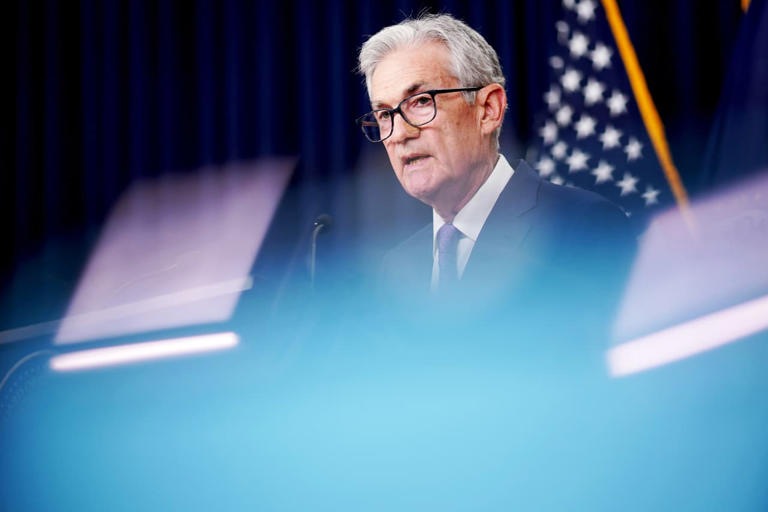The Federal Reserve’s June meeting concluded with the decision to maintain the target range for the federal funds rate at 5.25% to 5.50%. This decision reflected the Fed’s cautious approach amid ongoing economic uncertainties and inflationary pressures.
Federal Reserve Chair Jerome Powell, in his post-meeting press conference, provided insights into the central bank’s current stance and future outlook. Powell emphasized the Fed’s commitment to its dual mandate of promoting maximum employment and maintaining stable prices. He acknowledged that while the U.S. economy continues to exhibit strong growth, supported by robust consumer spending and business investment, inflation remains a persistent concern.
Recent economic data, including the Consumer Price Index (CPI) released for May, showed a year-over-year increase of 3.3%. While this was slightly lower than previous months, it still indicated inflation levels above the Fed’s long-term target of 2%. Powell highlighted that while certain sectors, such as services, have seen inflationary pressures moderate, prices for shelter—particularly rent—have remained high and relatively sticky. This complexity in inflation dynamics complicates the Fed’s assessment of whether price pressures are transitory or more persistent.
The Fed’s updated Summary of Economic Projections (SEP), commonly known as the “dot plot,” revealed a notable shift in interest rate expectations among FOMC members. The median projection now suggests only one quarter-percentage-point rate cut in 2024, down from earlier expectations of multiple cuts. This adjustment reflects the Fed’s cautious optimism about the economy’s ability to manage inflation without the need for immediate aggressive monetary stimulus.
Regarding the labor market, Powell noted that while job creation has continued, the pace has moderated compared to earlier stages of the economic recovery. The unemployment rate remains stable at around 4%, indicating a balanced labor market that, while not overheating, also does not require urgent intervention to spur job growth.
Looking ahead, market participants are closely watching upcoming economic indicators, particularly inflation reports scheduled before the September FOMC meeting. Powell emphasized that the Fed’s decision-making process remains highly dependent on incoming economic data. The central bank will monitor whether inflation trends continue to moderate or if there are unexpected downturns in economic conditions that would necessitate a reassessment of monetary policy.
The Fed’s cautious approach has influenced financial markets, leading to adjustments in bond yields and equity prices following the meeting. Investors are recalibrating their expectations based on the Fed’s updated guidance and economic data releases.
In conclusion, the June FOMC meeting highlighted the Fed’s commitment to a data-driven approach and maintaining a balanced policy stance amid economic uncertainties. While inflation remains a primary concern, the Fed sees progress in addressing economic risks and is prepared to adjust policy if necessary. The next significant update will come at the December meeting, where updated economic projections will provide further insights into the Fed’s policy trajectory amidst ongoing economic challenges.
